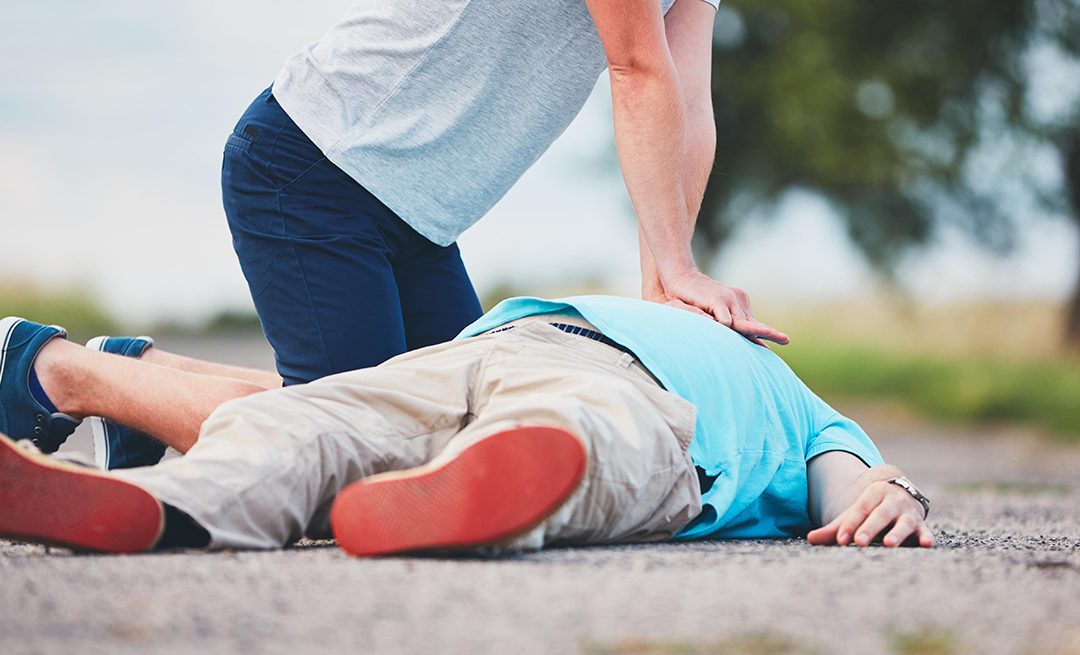by Eric Bartholomew, TSS Safety Specialist
Whenever people learn that I am a certified CPR instructor, questions about CPR ensue particularly concerning how the recommended procedure has changed over the years: “Do they still say to do the breaths or just compressions?”
“What is the current ratio of breaths to compressions?”
And so on, and so forth.
Recent Updates
Without getting into a full-blown explanation of CPR procedure, let’s take a look at a few things that have been modified in current-day CPR training versus a decade ago.
- (Slightly) Faster compressions – 100 compressions per minute was the standard recommendation years ago. This hasn’t changed too much, but currently it’s recommended to do at least 100 to 120 compressions per minute.
- Compress harder – A solid 2 inches of compression (on an adult victim) is recommended today. In the past 1.5-2 inches was recommended. Point being, don’t worry about compressing too deeply and breaking a rib.
- Increase compression–to-breaths ratio – Ten years ago, the recommendation was two breaths for every 15 compressions, or one breath every 15 compressions, in the event two providers are working on a single victim. Today, the recommendation is 30 compressions, followed by two quick 1-second-long rescue breaths. Emphasis has been placed more on the compressions. The thinking is that it’s more important to circulate blood to the brain, via compressions, even if the blood isn’t fully oxygenated, rescue breaths will oxygenate the blood, but not deliver it to the brain.
- Continue CPR until help arrives – In the past, CPR was considered ineffective after a certain point. However, once a handful of cases of cardiac arrest victims recovering after long periods of CPR were documented, this view changed. It is now suggested to simply keep performing cycles of compressions and rescue breaths (along with using an AED, if available), until trained emergency medical service responders arrive. There are, however, circumstances in which you can stop CPR. These circumstances include: –– If the scene becomes unsafe. If you can safely do so, move the victim to a safe location and resume CPR. –– If you become exhausted and can’t continue. –– If the person is revived. –– If told by a physician to stop. –– If you are relieved by someone of equal or higher training.
TSS, Inc. offers both regularly scheduled and on-demand two-year CPR/AED/First Aid Certification classes. Contact your local TSS office, call 1 (877) 225-1431, or visit www.tss-safety.com for more information.

